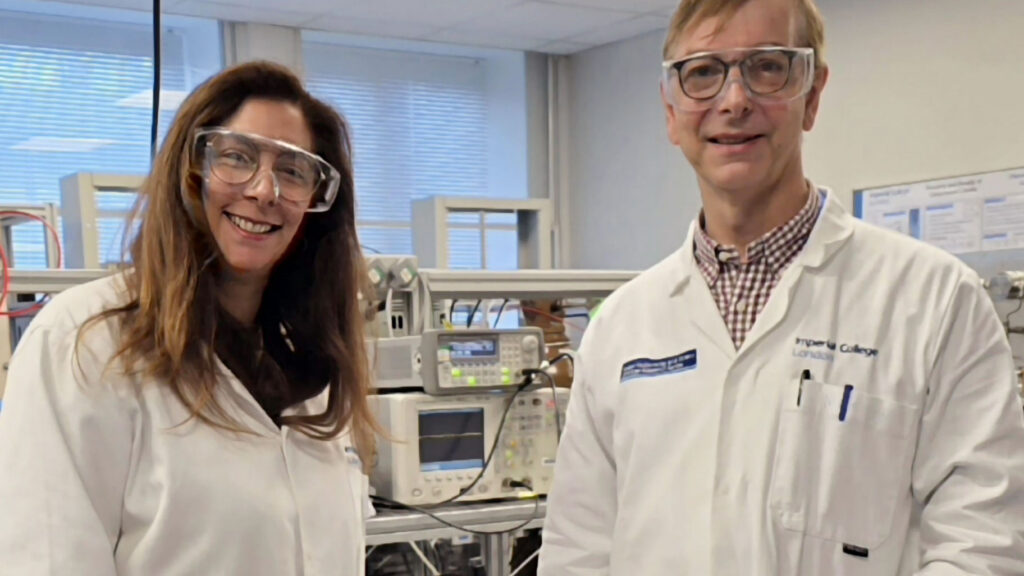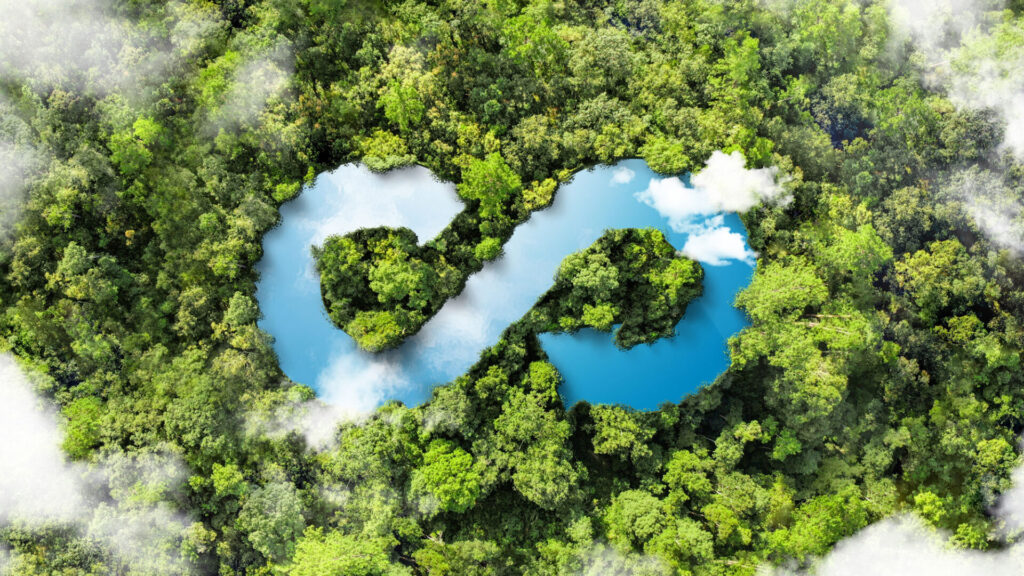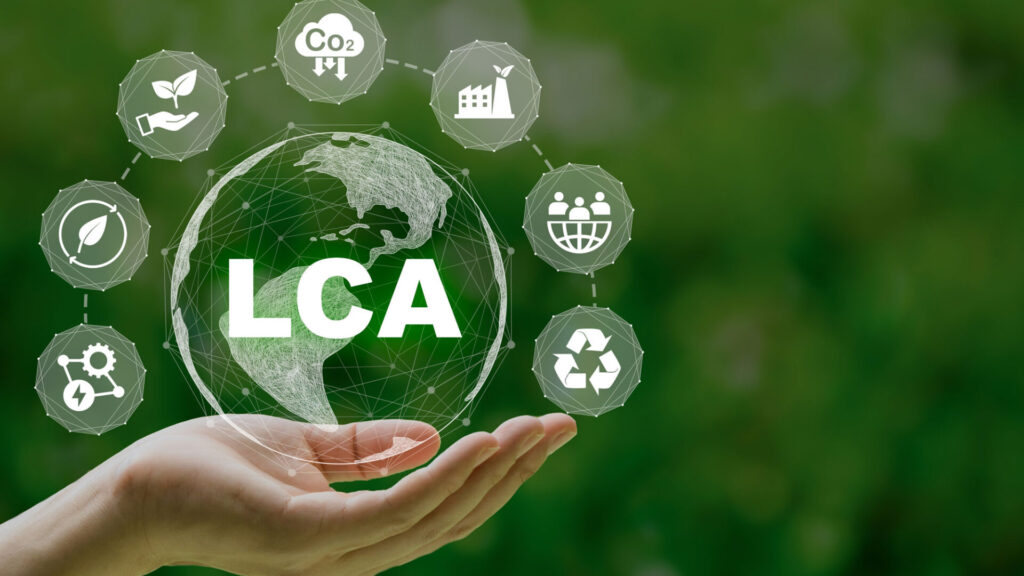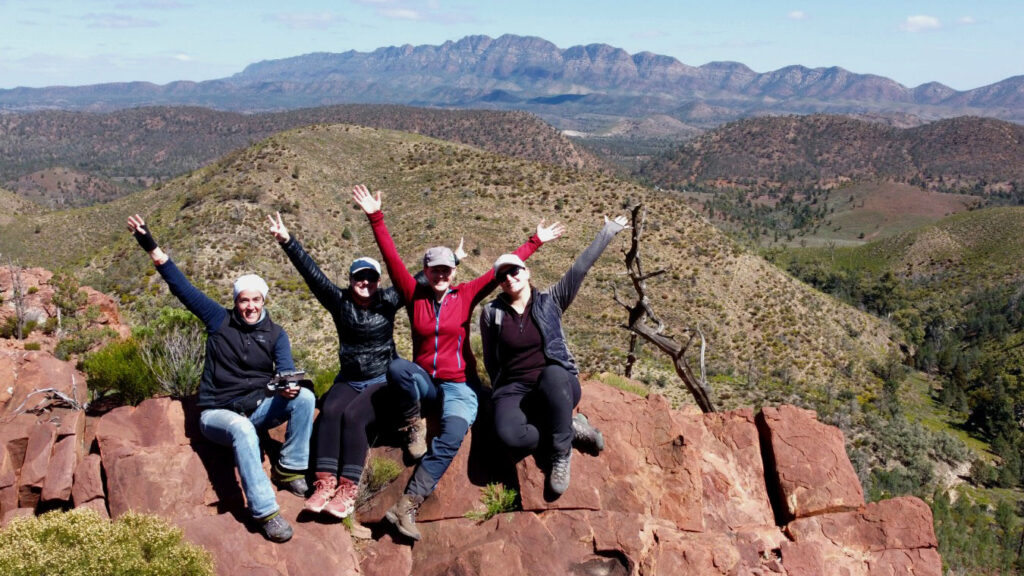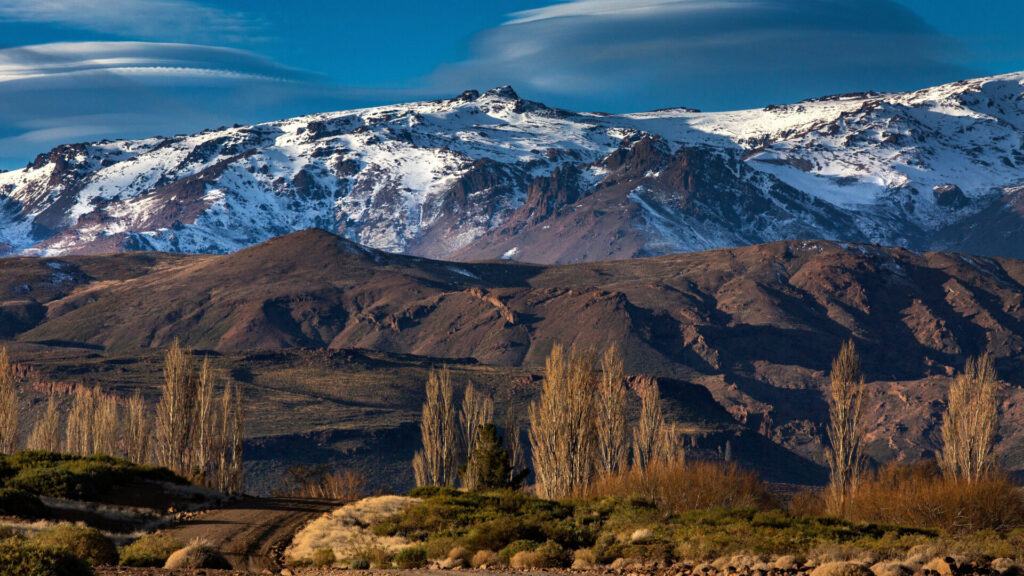Speed of Sound measurements for CCS – Let’s hear it!
In 2024, Research Scientist Yessica Arellano (SINTEF Energy Research) spent a month in South Kensington, visiting the Imperial College of London (ICL). Hosted by Professor Martin Trusler, Yessica had the opportunity to calibrate and run experiments with one of their speed of sound cells. The visit was conducted through the Norwegian CCS Research Centre (NCCS) Mobility Programme.
What is the potential of bioCCS to deliver negative emissions in Norway?
If we are to achieve our climate goals, we need to remove CO2 from the atmosphere and drastically reduce our current emissions. Bioenergy production with carbon capture and storage (bioCCS) is one way to permanently remove CO2 from the atmosphere. However, while it is expected to be a main component of global climate action, key questions for Norway are: how much biomass is available, and how much can be used for bioCCS?
Four key lessons for socio-political acceptance of negative emissions technologies
Developing new technologies is a vital activity in our ability to combat climate change, and understanding how new technologies will operate in society is an important element of such technological development. In NCS C+, we investigated the socio-political acceptance of the four negative emissions technologies that are being examined by the project, and we identified four key lessons.
LCA as a tool for understanding environmental impacts and benefits of CCUS and alternative fuels: insights from the second LCA to CCUS & alternative fuels workshop
On 7 March 2024, the EU Horizon 2020 projects ACCSESS and ConsenCUS co-hosted the second LCA to CCUS and alternative fuels workshop. LCAs are highly relevant for understanding the potential of CCUS technologies to contribute to EU climate strategies and goals.
Studying Salt Structures in Australia to Enable CO₂ Storage in Norway
Siân Evans is a postdoc with the Norwegian CCS Research Centre (NCCS) at the Department of Geosciences at the University of Oslo. In September 2023, she travelled to South Australia through the NCCS Mobility Programme to study exposed onshore salt structures as part of the effort to enable long-term subsurface CO₂ storage.
As above, so below: studying above-ground rock masses to better understand underground fractures
In 2023, Senior Research Scientist Pierre Cerasi (SINTEF Industry) spent a month in Argentina, at the invitation of the Y-TEC Research Centre. The aim of the stay was to study above-ground rock masses as a way of exploring how fractures form and spread underground. An improved understanding of fracture networks can result in an improved selection of CO2 storage locations and contribute to mitigating leakage risk.

